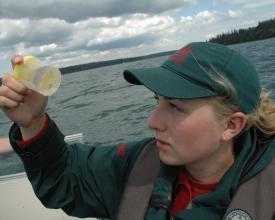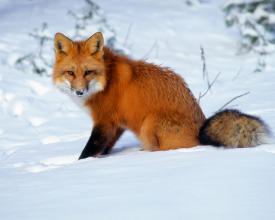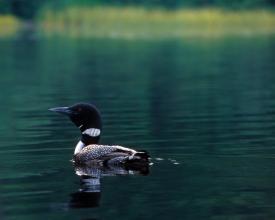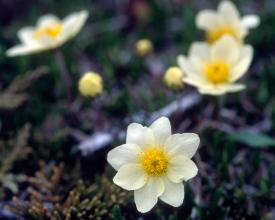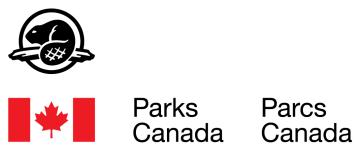
Canada's Ecological Integrity System: Monitoring conditions of parks
Snapshot Solution
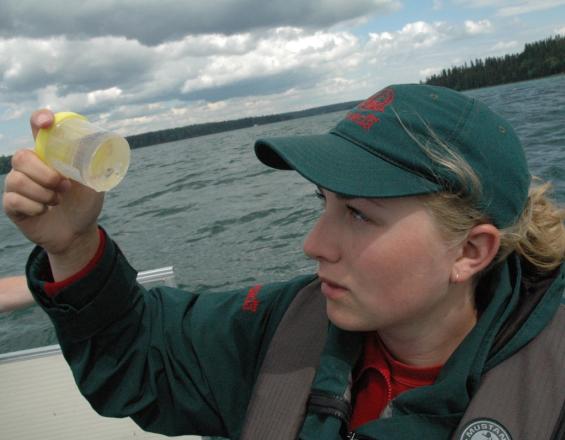
Park ranger conducting monitoring activities © Parks Canada
Parks Canada implements a monitoring and reporting framework which tracks key species, their conditions, and the state of ecosystem processes in all of Canada’s national parks. For each park, decisions have been made about what will be monitored and how it will be monitored. This information is then reported on against clear objectives and the trend in condition assessed, which influences the prioritization of funds allocated to protected areas.
Last update: 02 Oct 2020
5693 Views
Impacts
- Parks Canada is able to report to decision makers and inform the Canadian public about the trend in conditions and the ecological integrity of their protected areas. Annual reporting tracks the agency’s overall success in meeting targets, and management plans outline key initiatives which are reported at 10 year intervals in State of Park Reports.
- Currently, 90% of the indicator ecosystems in these protected areas were maintained or improved from 2011 to 2016.
- The legislated system provides an evidence based method for helping to prioritise funding available for parks.
- The information collected has facilitated collaboration with indigenous partners on the expected impacts of climate change on caribou, fish and other food sources. For example, Parks Canada is able to track the encroachment of shrubs into Canada’s northern tundra and to incorporate indigenous knowledge in assessing the quality of habitat as indigenous people plan for a rapidly changing future
